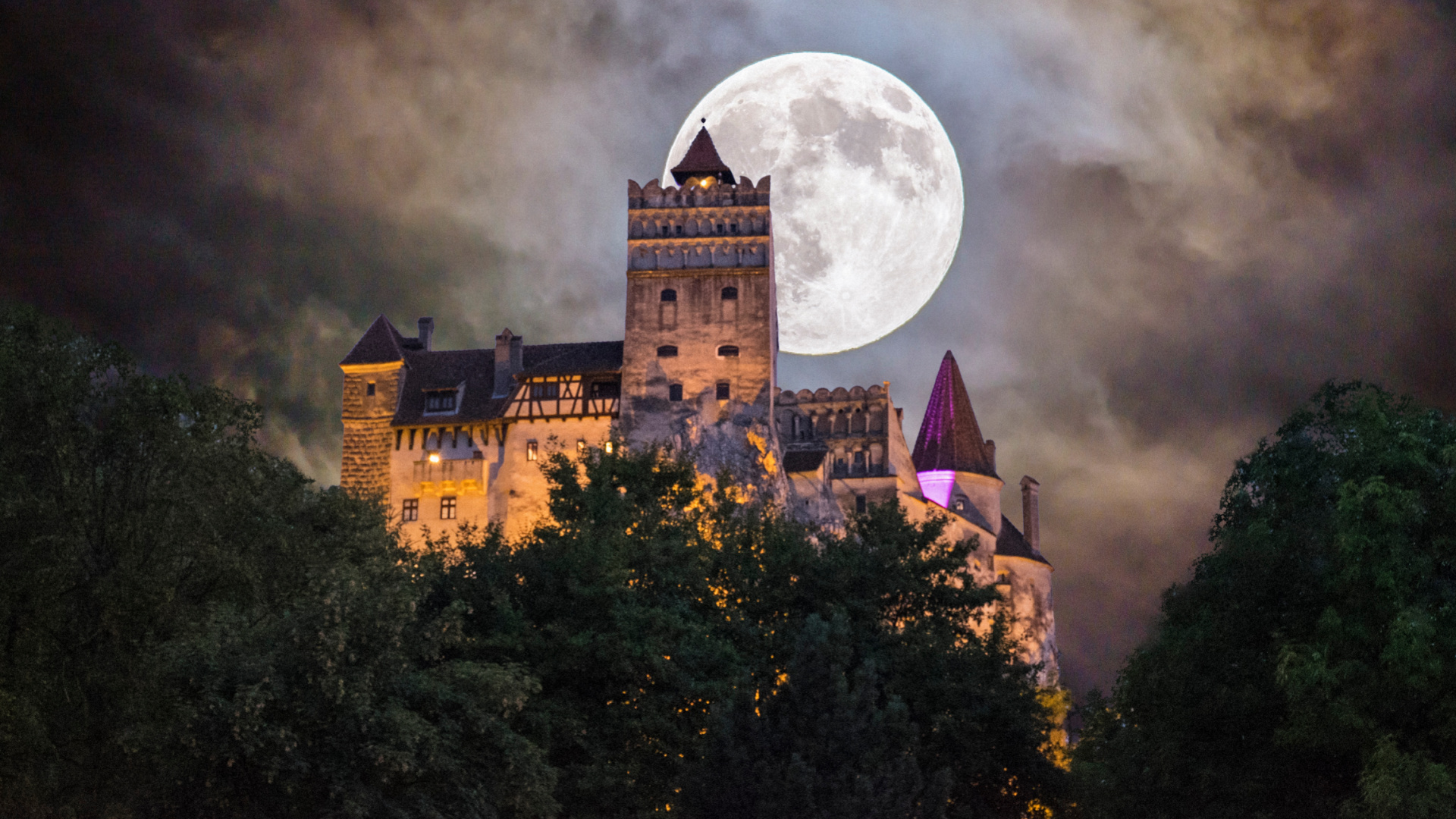Artworks that have been vandalized
2022 witnessed a trend of attacks on works of art around the world, in order to demand attention for environmental causes. Vermeer, Van Gogh, Picasso, Monet, and Da Vinci top the list of artists who had their works vandalized.
There are several reasons why people vandalize famous works of art. The main one is related to the value they represent, whether intellectual or financial, and the attention they want to attract to it.
Made in 1665, Johannes Vermeer's painting 'Meisje met de Parel' (Girl with a Pearl Earring) was attacked by members of Just Stop Oil. In the action, which took place at the Mauritshuis museum in October 2022, one man glued his own head to the protective glass of the work and another threw what appeared to be tomato sauce on it.
The work itself suffered no damage. The people involved were arrested and sentenced to two months of prison time (one of which was probation). The Just Stop Oil group is responsible for a series of protests to draw attention to global warming.
With the same objective, people from Just Stop Oil attacked Vincent Van Gogh's work 'The Sunflowers' at the National Gallery in London. This, too, happened in October 2022.
The work is part of a series of 7 pieces, which Van Gogh made between 1886 and 1889. For him, sunflowers were a symbol of happiness and gratitude. Just like the Vermeer masterpiece, Van Gogh's Sunflowers were protected from the attack thanks to a glass window.
Just Stop Oil is also responsible for throwing pies at the wax statue of King Charles III in October 2022 at Madame Tussauds Museum in London, UK.
With the same motivation as Just Stop Oil, members of the Letzte Generation group threw mashed potatoes at the work of Impressionist Claude Monet. The action took place on October 24, 2022.
The painting hangs in Potsdam near Berlin, Germany. It is part of the 'Les Meules' series, which Monet began in the late summer of 1890.
The 'Mona Lisa' is one of the most famous paintings in the world, and also one of the most attacked by vandals. It is on display at the Louvre in Paris and protected by bulletproof glass.
The painting has already been stolen (1911), pelt with stones (1956), painted red (1974), and it even had a pie thrown in its face in 2022.
Two of the best-known works by Spanish painter Francisco de Goya, 'La Maja Desnuda' and 'La Maja Vestida' are exhibited at the Prado Museum in Madrid, Spain. They were targeted by the Futuro Vegetal organization in November 2022.
Activists glued themselves to the frames of the works and wrote the message "+1.5ºC" on the wall, between the paintings, to warn about the increase in global temperature and its consequences.
As we could see with the Mona Lisa, vandalizing art is not a new thing. While it was a popular way of protesting for environmentalists in 2022, paintings and statues have been attacked for decades.
The sculpture 'The Thinker', by Frenchman Auguste Rodin, used to be in the Cleveland Museum of Art in Ohio. In 1970, its base was destroyed by a bomb set off by protesters who were against US participation in the Vietnam War.
The magnitude and consequences of the attack led to the decision not to restore the artwork. It was too difficult to recuperate the bronze sculpture.
The painting 'The Night Watch' by Dutch artist Rembrandt became part of the Rijksmuseum in Amsterdam after 1885. The painting was protected from possible attacks by a thick layer of varnish.
The first attack the work suffered was in 1911. It did not damage the painting. However, over the years, the experts noted that the thick varnish compromised the colors of the painting, leaving them darker than they'd originally been. Therefore, the varnish was removed in 1940.
In 1975 an unemployed teacher who suffered from mental illness entered the museum and cut the painting, causing serious damage. Its restoration lasted for four years, but the marks continued to be visible. In 2019, a new effort was made to recuperate the original state of the work.
Delacroix's best-known work, 'Freedom Leading the People' in the Louvre in Paris, was attacked in 2013. A woman wrote "AE911" on it, an acronym for "Architects and Engineers for the Truth about 9/11."
A symbol of Denmark's capital Copenhague is Edvard Eriksen's 'Little Mermaid.' The statue has had her head and arms cut off countless times. In addition, ink was poured onto the monument.
The most serious attack was when the statue was decapitated in 1964, damaging its entire structure. In 2020, the piece was subject to graffiti by anti-racism protesters after the death of George Floyd.
Guernica, made by the Spaniard Pablo Picasso in 1937, was vandalized in 1974. A man wrote "Kill Lies All" on it with red spray. At the time, the work was on display at MoMA in New York.
Shortly after the act, the painting went for restoration and was saved. The work belongs to the collection of the Museo Nacional Centro de Arte Reina Sofia, located in Madrid, Spain.
In 1972, during the feast of Pentecost, a man walked into the Saint Peter's Basilica in the Vatican and hammered one of the most famous sculptures of the Italian genius Michelangelo: the Pietà.
The statue lost its arm and part of its nose as a result of the blows and underwent an intense restoration process. Nowadays, it is displayed protected by a glass wall.
With the objective of announcing the end of the world, a woman invaded the São Paulo Museum of Art in 1991 and threw a tube of paint over the work 'Swimmer drying her right leg' by Pierre-Auguste Renoir. Luckily, the paintwork was not damaged and only needed a thorough cleaning.
Photo: one of the museum's rooms
In 2012, the Tate Modern museum in London was invaded by a man who wrote the phrase "A Potential Piece of Yellowism" over Mark Rothko's 'Black on Maroon'. The vandal was imprisoned for two years, which was the same amount of time needed to restore the work.







































